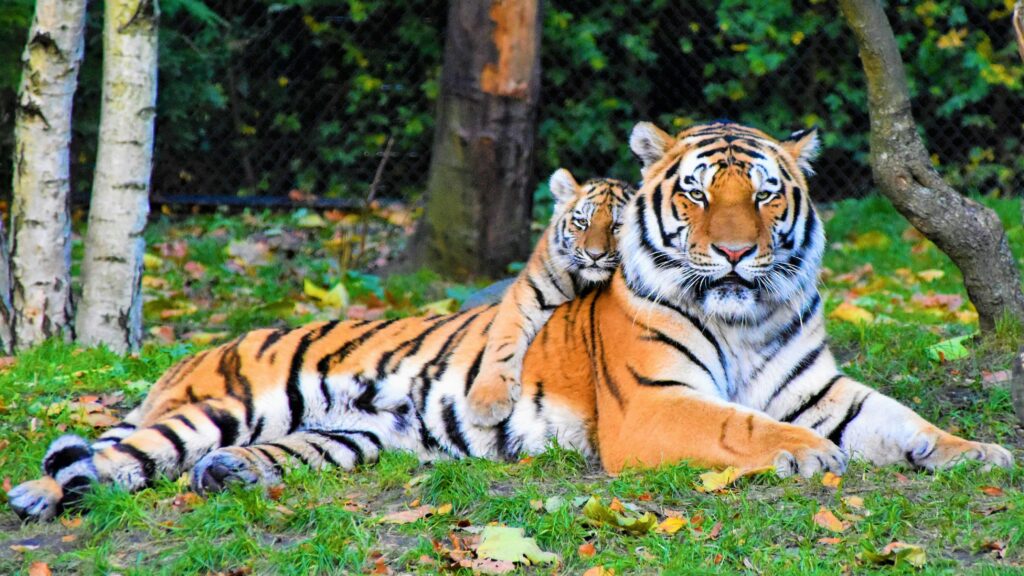Tigers in India:
Discover the majestic Bengal tiger, India’s iconic big cat, thriving in diverse ecosystems.
Bengal Tigers in India: A Growing Population
India is home to over 70% of the world’s wild tigers, with the 2022 All India Tiger Estimation reporting 3,167 Bengal tigers. This marks a significant rise from 1,411 in 2006, driven by robust conservation under Project Tiger.
Tiger Habitats and Top Reserves
Bengal tigers roam diverse landscapes, from the Sundarbans’ mangroves to Ranthambore’s dry forests and the Western Ghats’ lush greenery. India’s 54 tiger reserves, spanning 78,000+ square kilometers, include top destinations like:
- Corbett National Park (Uttarakhand)
- Kanha National Park (Madhya Pradesh)
- Bandhavgarh National Park (Madhya Pradesh)
- Ranthambore National Park (Rajasthan)
These protected areas, managed by the National Tiger Conservation Authority (NTCA), are critical for tiger survival.
Conservation Success: Project Tiger and Beyond
Launched in 1973, Project Tiger has driven a 6% annual tiger population growth since 2018. Key efforts include:
- Anti-poaching patrols and camera traps (600,000+ images in 2022)
- Habitat restoration, like relocating 2,500 families from Bhadra Reserve
- Wildlife corridors
NGOs like WWF-India and community programs bolster these efforts, making India a global leader in tiger conservation.
Challenges Facing India’s Tigers
Despite progress, tigers face threats:
- Habitat loss from mining and infrastructure (e.g., highways through reserves)
- Poaching for pelts and parts, with 1,600 cases from 2012-2022
- Human-tiger conflict, causing 1,200+ human deaths (2014-2020)
- Climate change, especially in the Sundarbans, where rising sea levels threaten mangroves
Addressing these issues is vital for sustainable tiger conservation.
Cultural and Economic Importance
Tigers hold deep cultural value, symbolizing strength in Hindu mythology (e.g., Goddess Durga’s mount) and inspiring art and folklore. Economically, tiger tourism boosts local economies, with Ranthambore attracting 400,000 visitors yearly. However, overtourism strains reserves, requiring stricter regulations.
Future of Tiger Conservation in India
India aims to sustain its tiger population through:
- Habitat expansion and corridor creation
- Compensation for conflict losses (₹10-15 lakh per human death)
- Community engagement and eco-tourism balance
With global support and continued efforts, India’s tigers can thrive.


